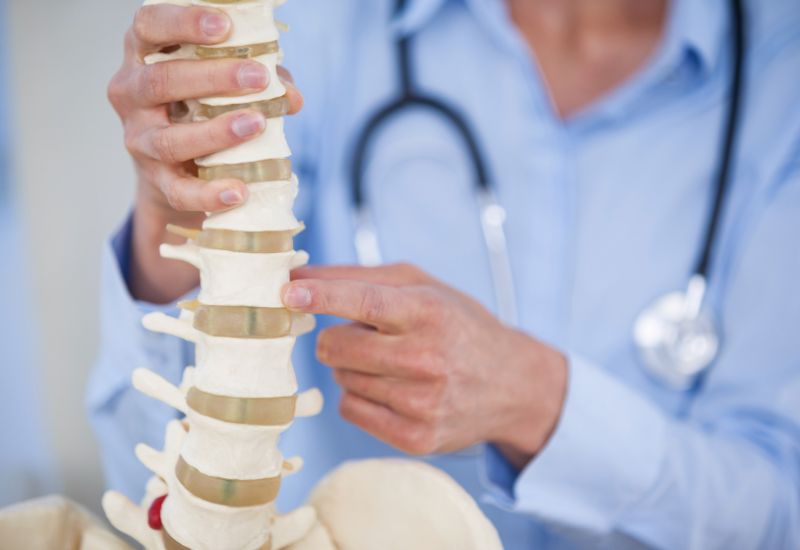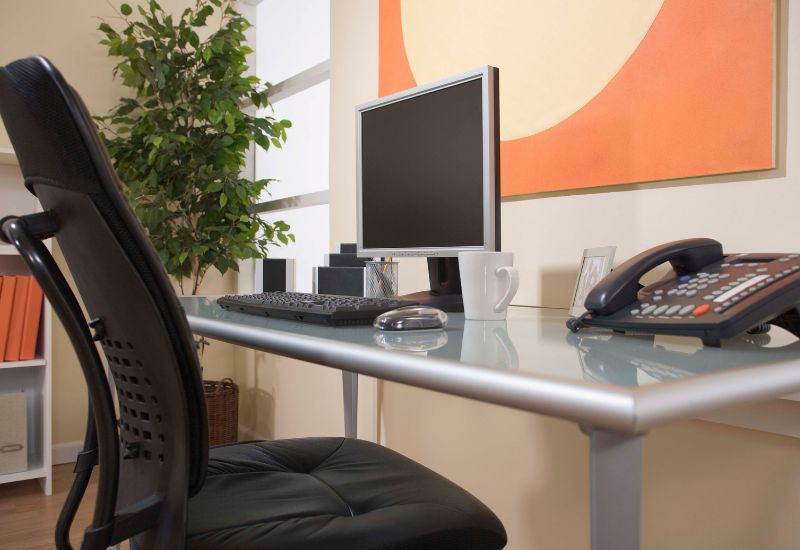Back pain and spinal issues are prevalent concerns that significantly impact our daily lives, often causing discomfort and hindering our ability to engage in routine activities. These issues extend beyond mere discomfort, as they can affect our overall well-being and productivity. The spine, a central pillar of our body’s structure, plays a vital role in supporting our posture, mobility, and overall health. Therefore, understanding the significance of maintaining spine health is paramount. In this article, we will delve into the common causes of back pain, explore habits that contribute to spinal problems, and provide practical tips, exercises, and lifestyle changes aimed at preserving and enhancing the health of your spine. By adopting these habits, you can bid farewell to back pain and pave the way for a healthier, pain-free future.
Understanding Common Causes of Back Pain
Back pain often emerges as a result of common habits and lifestyle factors that impact our spine’s health. Poor posture, a prevalent culprit, places undue stress on the spine’s structures, leading to discomfort and pain over time. Additionally, a sedentary lifestyle, characterized by prolonged hours of sitting, can weaken the muscles supporting the spine, increasing vulnerability to pain.
Heavy lifting, especially when executed with improper technique, can strain the back and result in injuries. To effectively prevent back pain, it is essential to identify the root causes specific to each individual’s situation. By understanding these contributing factors and addressing them proactively, individuals can take significant steps towards maintaining a healthy and pain-free spine.
Importance of Maintaining Good Posture
Maintaining good posture is a pivotal aspect of preventing back pain and safeguarding spine health. Proper posture ensures that the spine is correctly aligned, reducing the strain on its structures and preventing discomfort. Whether at work, during daily activities, or even while sleeping, adhering to good posture practices is essential. At work, ergonomic adjustments to your workspace can encourage a neutral spine position and minimize strain.
While sitting, distribute your body weight evenly and support the natural curve of your lower back with appropriate lumbar support. When standing, keep your weight balanced between both feet and avoid excessive leaning or slouching. Even during sleep, choosing a mattress and pillows that provide adequate support for the spine can make a significant difference. By incorporating these practical tips into your daily life, you can proactively promote spine health, reduce the risk of back pain, and enjoy a more comfortable and pain-free existence.
Lifestyle Changes for Back Pain Prevention
Embracing lifestyle changes can have a profound impact on back pain prevention. Ergonomic adjustments in your workspace, such as proper chair and desk height, support a neutral spine position and reduce strain during long hours of work. Managing a healthy weight is equally essential, as excess weight places added stress on the spine, potentially leading to pain and discomfort.
Additionally, nutrition plays a vital role in spine health; a diet rich in calcium, vitamin D, and other essential nutrients strengthens bones and supports overall musculoskeletal health. By incorporating these lifestyle changes into your daily routine, you not only reduce the risk of back pain but also contribute to the long-term well-being of your spine.
Exercise Regimen for a Strong Back
Regular exercise is a cornerstone of spine health, offering a multitude of benefits that go beyond physical fitness. Engaging in a well-rounded exercise regimen not only strengthens the muscles that support the spine but also enhances flexibility and posture, reducing the risk of back pain and injury. Incorporating exercises that target the back, such as the plank, cat-cow stretch, and bird-dog, can help build a strong and resilient spine.
Additionally, stretches like the child’s pose and the cobra stretch promote flexibility and alleviate tension in the back. By integrating these exercises and stretches into your routine, you can proactively fortify your back muscles, improve your posture, and enjoy the freedom of a pain-free spine.
Ergonomics and Back-Friendly Workspaces
Ergonomics in the workplace is instrumental in preserving spine health and preventing back pain. An ergonomic workspace is designed to promote a neutral spine position and reduce strain during prolonged periods of work. Proper ergonomics consider factors such as chair height, desk setup, monitor positioning, and keyboard placement. Ensuring that your chair provides adequate lumbar support and that your feet rest flat on the floor can help maintain a healthy posture.
Positioning your monitor at eye level and using an ergonomic keyboard and mouse further contribute to a back-friendly workspace. By implementing these ergonomic principles, you can significantly reduce the risk of back pain associated with prolonged sitting and working, fostering a more comfortable and spine-friendly work environment.
Avoiding Heavy Lifting and Back Strain
Avoiding heavy lifting-related back strain requires awareness and proper technique. When lifting objects, whether at work or during daily tasks, always bend at the knees and hips, not at the waist, to maintain a straight back. Keep the object close to your body and use your legs to lift, not your back muscles.
Avoid twisting while lifting; instead, pivot with your feet to change direction. When carrying a heavy load, distribute the weight evenly between both sides of your body. Use lifting aids or seek assistance for exceptionally heavy or bulky items. It’s crucial to listen to your body; if something feels too heavy or uncomfortable to lift, don’t hesitate to ask for help. By following these techniques and prioritizing your safety, you can prevent common lifting-related injuries and protect your back from unnecessary strain.
Conclusion
Nurturing a healthy spine and bidding farewell to back pain hinges on cultivating mindful habits and making deliberate choices. Back pain, a pervasive issue affecting daily life, can be prevented and alleviated through understanding its common causes, embracing proper posture, and enacting lifestyle changes that prioritize spine health. Engaging in regular exercise, creating an ergonomic workspace, and avoiding heavy lifting injuries are essential components of this journey.
By making these adjustments and incorporating them into your daily routine, you not only protect your spine but also enhance your overall well-being. A pain-free and resilient back awaits those who choose the path of spine health.










